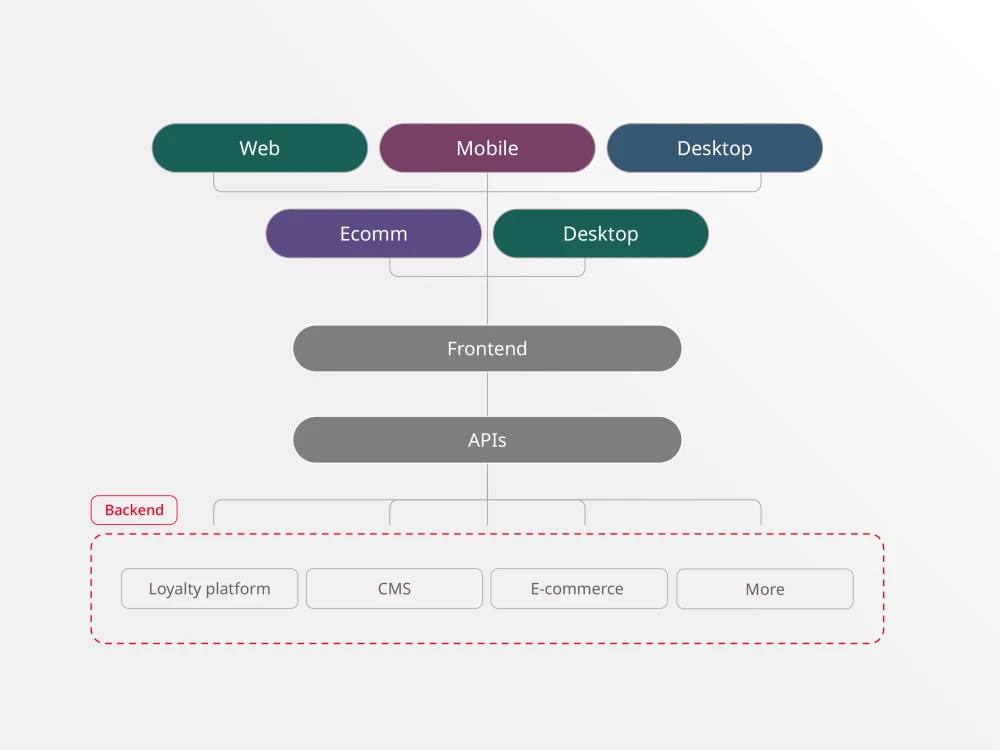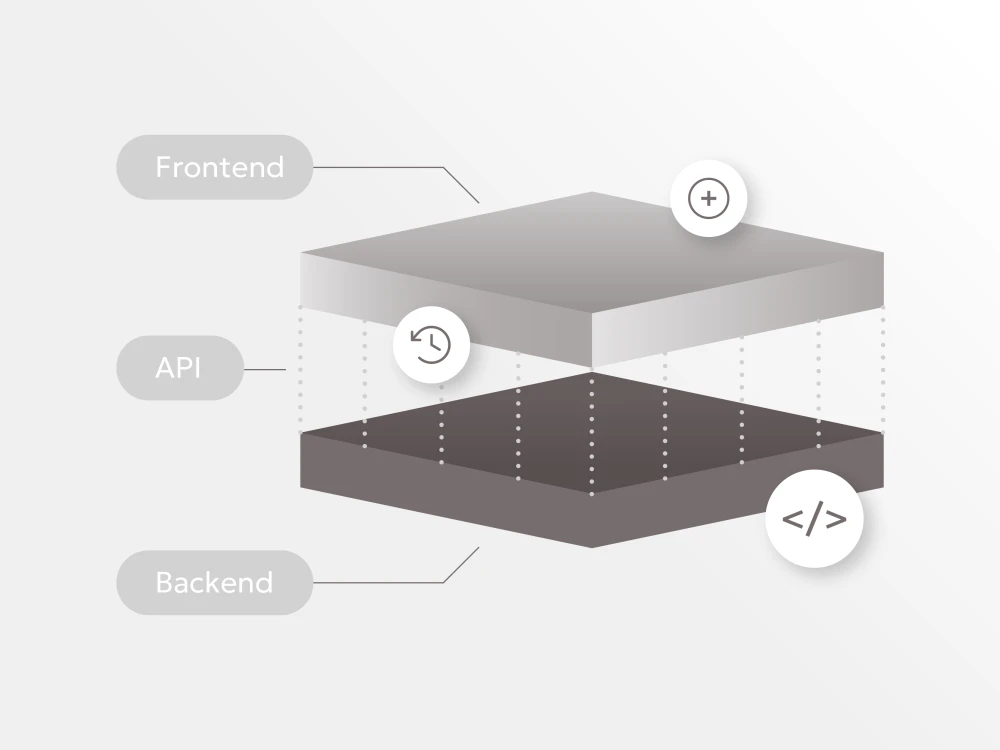Not long ago, traditional publishers underwent a major industry shift: the pivot from print to digital channels. More recently, those digital channels on which people started to consume content also changed from the likes of television and desktop computers to primarily mobile devices and OTT streaming platforms. Today, especially in light of COVID-19, this digital transformation journey for media companies is still accelerating as the number of channels, platforms and devices through which publishers can reach their audiences continues to rise, diversify and fragment. In fact, the pandemic has both sped up and reversed some of these trends—from the steady rise in podcasting to the resurgence of cable news channels.
All of this points to one fact: the ways in which people interact with digital media are fluid and changing, making the concept of a headless CMS more valuable than ever before. New and reborn channels alike, alongside heightened expectations of “always-on” content, has increased pressure for media companies and publishers to produce personalized content fast where customers want it most. It’s also worth noting that, for media companies, advertising revenue is core to business. Driving this revenue are happy customers and users that continue to engage with publishers’ platforms. A headless CMS approach supports media companies in achieving just this, delivering the right content through the right channels at the right time. A headless CMS also separates the content-demand pipeline from the technology-delivery pipeline, ensuring that your content teams can stay focused on the task at hand.
In short, for digital and editorial teams at media companies a headless CMS will bring three major benefits: flexibility, speed and scalability.
Headless CMS benefit #1: Flexibility
First and foremost, headless CMS architecture has become a force in the industry due to the ultimate flexibility it provides publishers. A headless CMS gives publishers the ability to mix and match front-end content offerings, meaning they can deliver the best user experience across every device, channel and touchpoint—no matter where consumers are engaging with their content.
Relevant to the ever-changing digital transformation media companies are experiencing today, a headless CMS approach also accommodates changing business requirements quicker and easier. Launching international sites and microsites, for example, as well as supporting new content types is made easier through a headless CMS that allows for this type of front-end flexibility. Now more than ever, it’s critical for publishers to be able to adapt fast, scale to different markets and personalize the experience for every user as expectations continue to evolve.
In this way, a headless CMS truly supports media companies in future-proofing their businesses by making it painless to continually evolve alongside technology without needing to continually catch up or for platform-specific development resources to become available. No matter what new device or platform emerges, with the flexibility of a headless CMS architecture your content business can be prepared.
Headless CMS benefit #2: Speed
Alongside the types of channels content can be distributed across, delivering on those digital experiences with speed to keep up with today’s consumers is just as important.
A headless approach splits the work cleanly between the back and front ends. This separation of the presentation layer from your platform lets publishers move faster, while accelerating time to market by allowing authors and developers to work independently from the technology roadmap. Digital leads can quickly launch, test and update new digital experiences easier through a headless approach, while editorial teams can focus their efforts on the content itself to create meaningful output for consumers.
From a process and workflow standpoint, both decoupled and headless content distribution eliminates many of the tasks that normally would slow publishers down, like the need to create custom front ends for every device or work through timely design iterations. A hybrid approach that utilizes both architectures is also an option that still allows for important functionalities like WYSIWYG authoring, template management and workflows, making content reuse across different experiences and channels feasible to be able to produce more assets quickly.
Headless CMS benefit #3: Scalability
Finally, hand in hand with flexibility and speed is being able to deliver personalized experiences at scale. For digital and editorial teams at media companies, the ability to support high-volume content creation, increases in site traffic and content in various countries and languages are all essential. Through headless CMS architecture’s flexible and fast capabilities, media companies and publishers can better support these efforts.
How Brightspot’s headless CMS approach differs
As the media industry continues to evolve, publishers who are equipped with the right solutions to digitally transform fast are the ones who will be successful in capturing audiences. The best part is, with Brightspot’s CMS, publishers don’t have to choose just one approach. Whether you prefer a decoupled, headless or hybrid CMS—Brightspot works with whatever business challenge you’re trying to solve.
Most importantly, to truly digitally transform for the future, headless architecture’s front-end flexibility is only one piece of the puzzle. What sets Brightspot apart from the rest is our headless CMS offering, coupled with an integration and migration-friendly approach and the ability to extend existing business logic and workflows.









